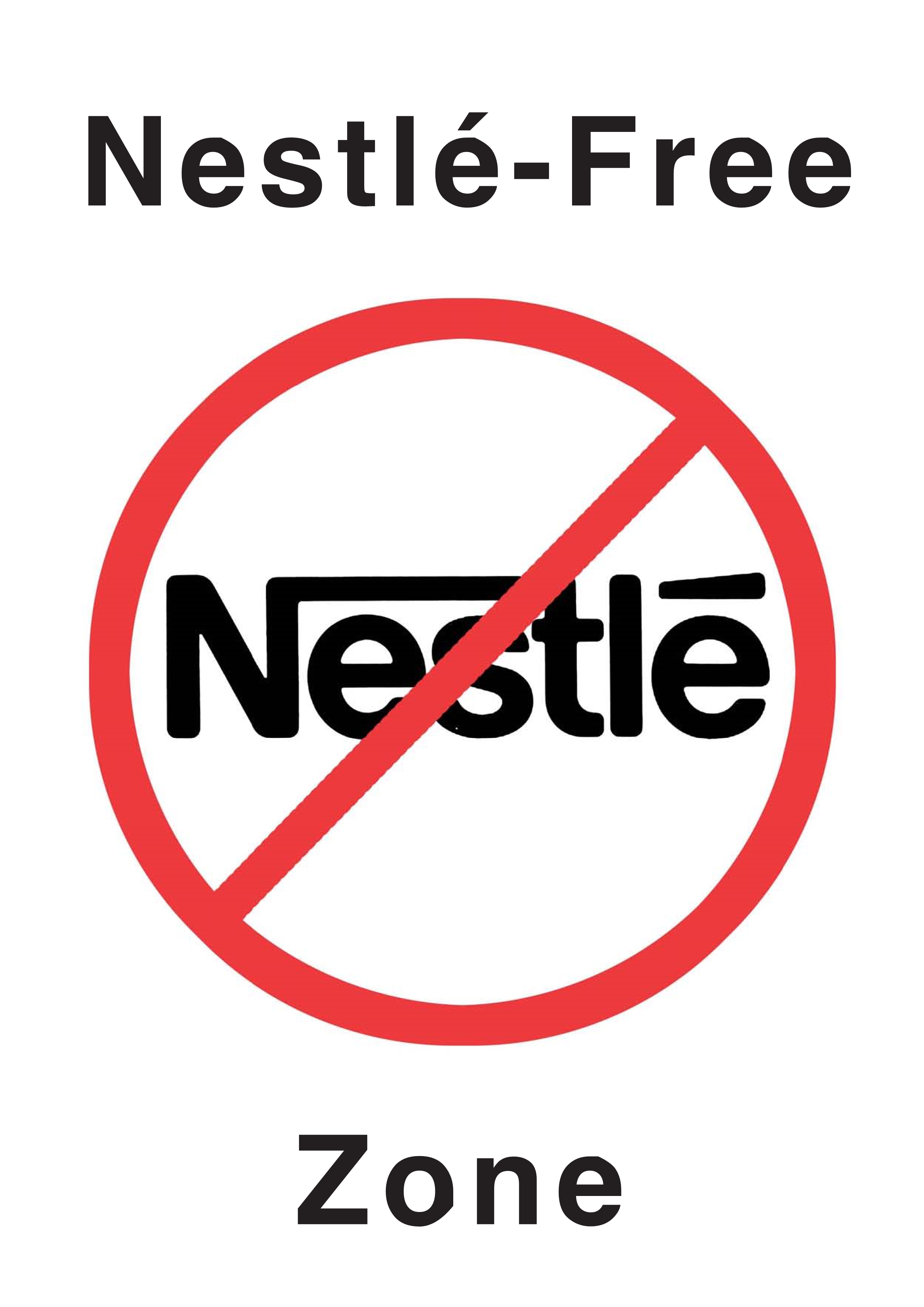International Breastfeeding Journal
The first primary care visit of the newborn aims to assess neonatal feeding, promote breastfeeding, and identify potential health issues. This study examines the relationship between the timing of the first vi...
Context-specific breastfeeding research has significantly improved infant health outcomes in many low-resource settings. Afghanistan, which has one of the world’s highest under-five mortality rates, similarly ...
Exclusive breastfeeding is essential for optimal infant nutrition and health, yet many mothers experience concerns about insufficient milk supply. This study investigated the effects of a ginger-spiced millet-...
Breast milk is widely recognized as the optimal source of infant nutrition, with the World Health Organization recommending exclusive breastfeeding for the first six months. However, breastfeeding rates remain...
Early initiation of breastfeeding, defined as breastfeeding within one hour of birth, is a critical indicator of optimal infant feeding practices with substantial health benefits for mothers and infants. Early...
This study aimed to compare the characteristics and experiences of women with measured low and normal 24 h milk production.
A comprehensive understanding of women lived experiences is crucial for developing effective strategies to support breastfeeding at both individual and systemic levels. In this context, this study aimed to exp...
Global uptake of the Baby Friendly Hospital Initiative (BFHI) and Ten Steps to Successful Breastfeeding (Ten Steps) is low, and sustainability is a challenge. Although both programs are backed by strong eviden...
This study aimed to elucidate healthcare professionals’ (HCPs) evaluations of a breastfeeding training program that incorporated diverse professions along the care continuum.
Early initiation of breastfeeding, defined as placing a newborn to the breast within the first hour of birth, is vital for improving neonatal survival, strengthening the mother-child bond, and ensuring the del...
Medication-related breastfeeding discontinuation occurs when women stop breastfeeding due to medication. While many medicines are safe during breastfeeding, women needing medication are less likely to continue...
The lack of breastfeeding training among physicians who indirectly attend to mothers providing this type of feeding to their babies could lead to its inadequate suspension. There are no impactful scientific pu...
Despite medical advancements, the rate of premature births remains at one in ten babies worldwide. Moderate and late preterm (MLPT, gestational age 32–36 weeks) infants constitute 80% of all preterm births and...
This study aims to evaluate the current status of breastfeeding practices among healthcare workers in Southwest China, identify key factors influencing their exclusive breastfeeding (EBF), and provide targeted...
Breastfeeding is often compromised when clinical nutrition interventions are implemented for complex paediatric patients, in a healthcare environment where breastfeeding supports are currently under-resourced....
Establishing the first Human Milk Bank (HMB) in Vietnam at the Da Nang Hospital for Women and Children marks a significant advancement in neonatal care. This specialized service addresses the critical need for...
Most women who give birth will initiate lactation and breast/chestfeeding, with up to 40% of infants globally receiving human milk exclusively for the first 6 months of life. One of the studies indicates that ...
Breast milk is the ideal and complete food for infants. Demographic, social, economic and clinical factors affect exclusive breastfeeding (EBF). Identifying and understanding these factors can improve breastfe...
Globally, 15 − 20% of all live births are low birthweight (LBW) newborns, and many mothers with LBW newborns experience feeding difficulties. Efforts to understand and mitigate the barriers to breastfeeding am...
The World Health Organization recommends Donated Human Milk as the first option if maternal milk is unavailable. In this research, the researchers intend to obtain a set of in-depth information about the exper...
Most Recent Articles: International Breastfeeding Journal
SubscribeFeliratkozás a következőre: International Breastfeeding Journal hírcsatorna

